Finding Real Relief: A Manhattan Guide to Thai Massage NY

In the heart of Manhattan, where every block seems to carry a different tempo, Thai massage offers a deliberate pause. It is a practice that blends stretching, pressure, and a mindful kind of attention — an antidote to cramped subway commutes and endless email threads. This article walks you through what Thai massage in New York genuinely feels like, how to pick a place, what to expect, and how to get the most from your session without the guesswork.
What Thai Massage Is — and What It Isn’t
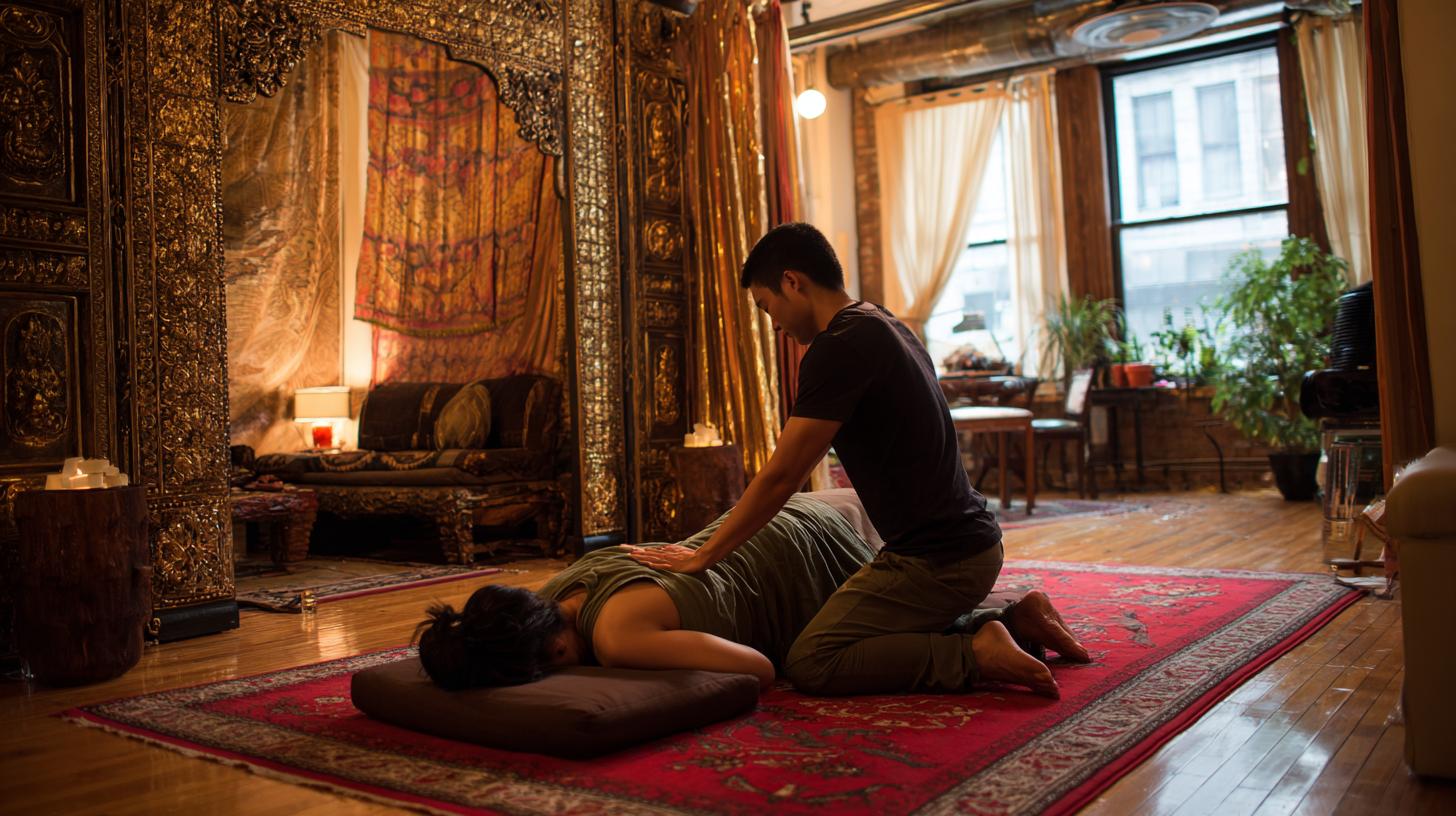
Thai massage is an old system rooted in Southeast Asian healing traditions, combining assisted yoga-like stretches, rhythmic pressure, and movement along energy lines. Unlike table-based Swedish massage, much of it happens on a firm mat with the recipient fully clothed, which changes both the mechanics and the feel.
That means it’s not merely a luxury pampering treatment; for many people it’s therapeutic work. Sessions can increase mobility, relieve chronic tension, and leave you with a surprising sense of groundedness.
Origins and Principles
The method traces its lineage to classical medicine and monastic traditions. Practitioners often speak of “sen” lines — pathways roughly analogous to meridians — and use compressions, stretches, and targeted pressure to influence them. Contemporary studios in Manhattan mix these techniques with modern anatomy and evidence-based approaches, creating a hybrid that respects tradition while addressing urban bodies.
What’s crucial to understand is that authentic Thai massage is intentional and methodical. It’s neither gentle spa fluff nor aggressive deep tissue brute force; it lies somewhere in between, with a strong focus on mobility and rhythm.
Why New Yorkers Come for Thai Massage
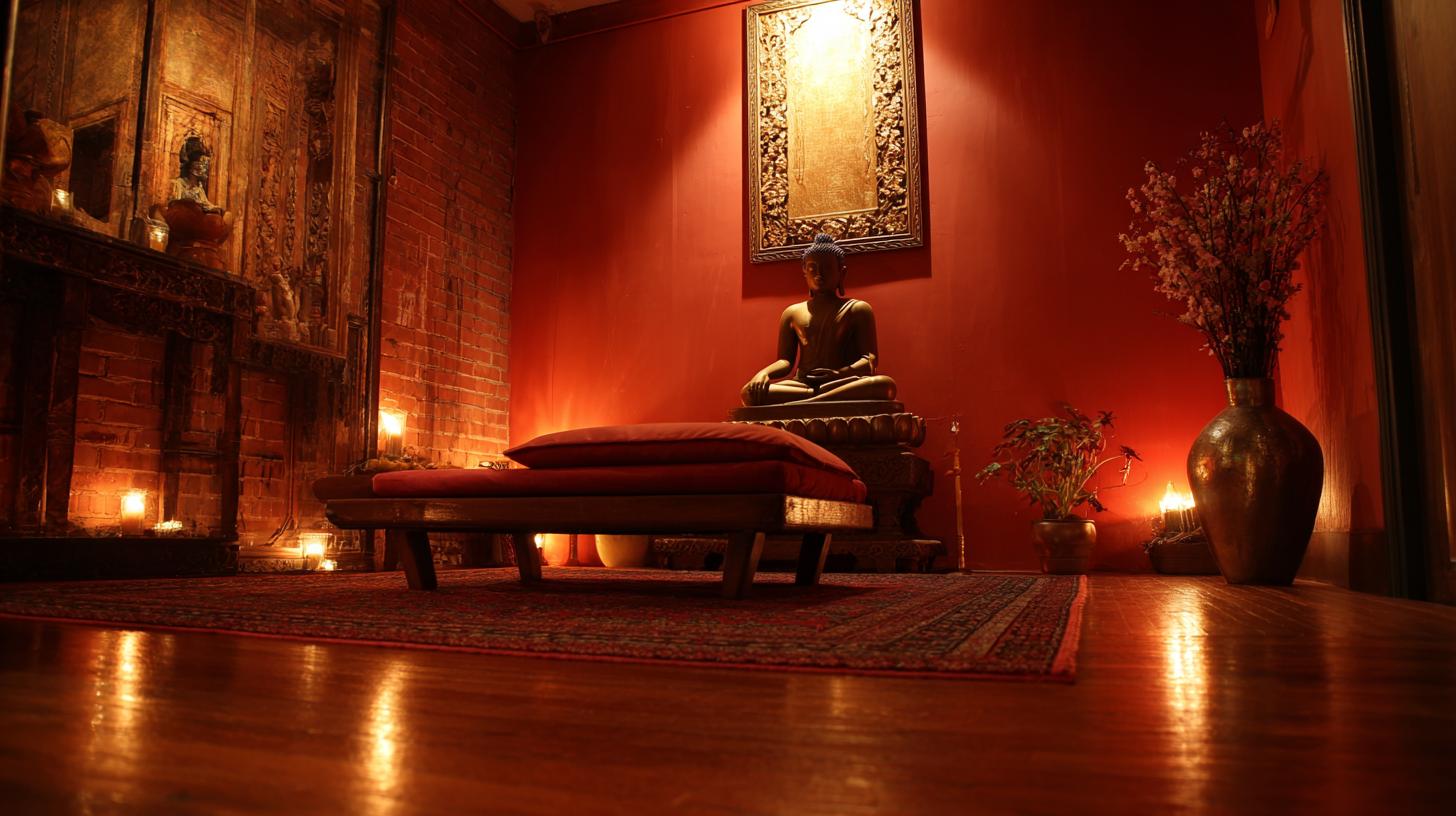
People in this city arrive at Thai massage with varied intentions: athletes tuning mobility, office workers undoing the seated slump, or artists seeking creative reset. The style’s emphasis on joint freedom appeals particularly to those who need functional movement back in their daily lives.
Beyond the physical, many notice a mental shift. The slow, guided stretches and hands-on sequencing create a meditative momentum. You might leave with less jaw tension, looser hips, and a clearer head to tackle a late subway ride or an evening meeting.
Common Benefits Backed by Experience
Regular recipients report improved range of motion, fewer headaches, and a reduction in chronic back pain. Sports therapists in the city sometimes integrate Thai elements into warm-ups and recovery routines because the stretches can be both mobilizing and restorative.
It’s important to note that responses vary. Some people feel immediate relief; others notice subtle improvements over several sessions. The key is consistent, purposeful treatment rather than hoping for a miracle in one hour.
How to Choose a Thai Massage Studio in Manhattan
Picking the right studio matters more than picking the cheapest or the flashiest. Start with clear priorities: do you want a medically informed practitioner, an authentic Thai lineage, or a calm, spa-like environment? Each studio leans differently.
Look for transparency about training, clear policies on boundaries, and good hygiene. A quick phone call can tell you a lot — whether they answer practical questions or deflect with vague promises is telling.
Questions to Ask Before Booking
- How is your staff trained and certified?
- Do sessions take place on a mat or table?
- What should I wear and how should I prepare?
- Do you offer tailored sessions for injuries or medical conditions?
These questions help you separate studios that prioritize client care from those focused solely on turnover. A studio that welcomes specific concerns and discusses adjustments is usually a good sign.
What Happens During a Session
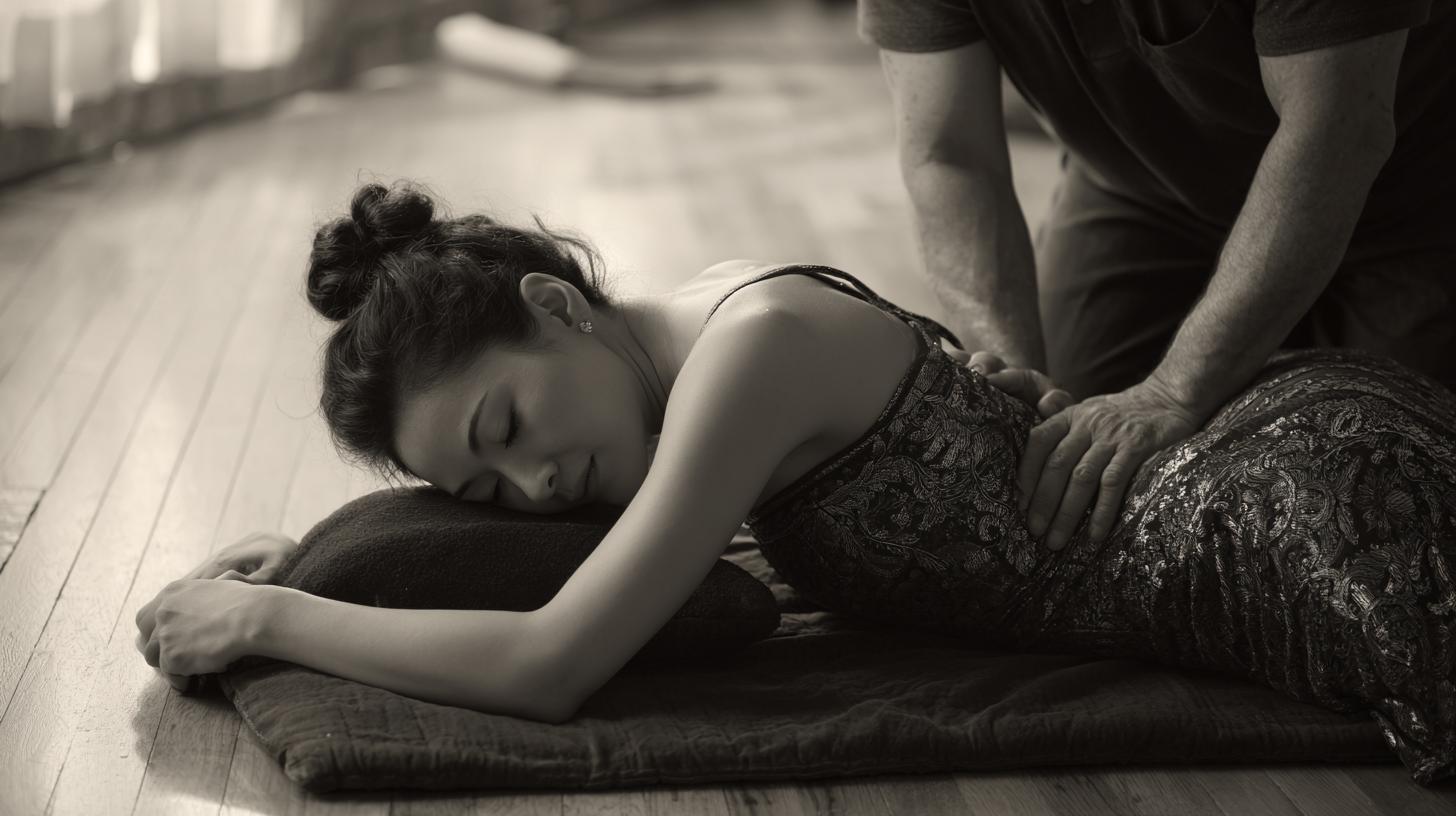
A typical session begins with a short intake: medical history, current complaints, and mobility issues. In Manhattan, professionals tend to be pragmatic — they ask about your work habits and hobbies because those details shape the treatment plan.
Then you’ll change into loose clothing if needed. The practitioner will guide you through sequences of compressions, rocking, and passive stretches. Communication matters; practitioners expect you to say if pressure is too much or certain stretches feel unstable.
Types of Thai Sessions You’ll Find
- Traditional Thai — full-body matwork focusing on flowing sequences and assisted stretches.
- Thai with oil — a hybrid incorporating some oil for gliding and localized pressure.
- Sports Thai — faster-paced, targeting mobility and recovery.
- Therapeutic Thai — emphasizes problem areas and integrates modern anatomy.
Not every studio labels sessions the same way. If you want deeper attention to a specific issue, mention it clearly when booking so your practitioner can prepare.
Etiquette and Practical Tips for Your First Visit
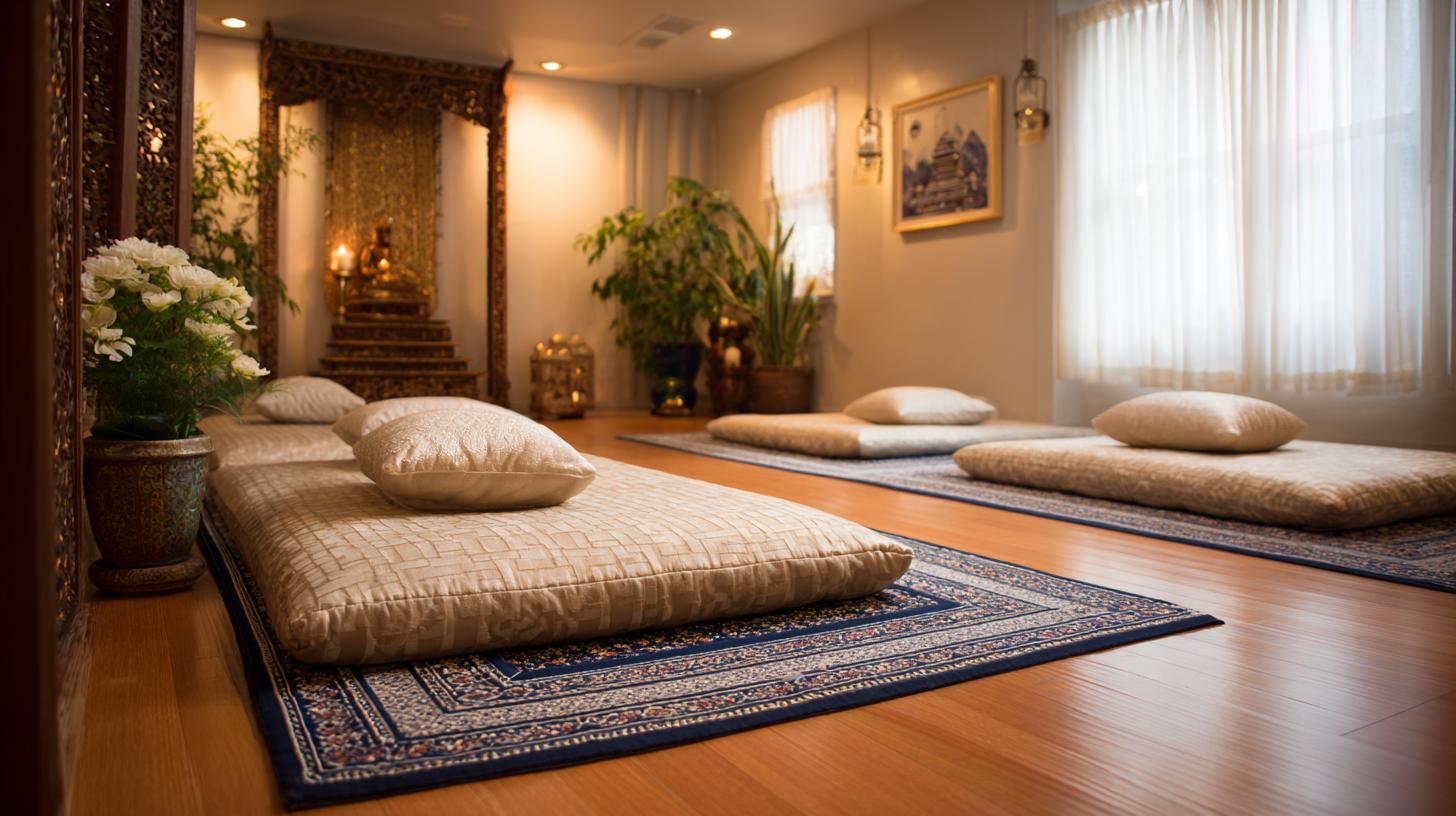
Show up a little early to fill in forms and settle. Wearing loose, breathable clothes saves time and helps you relax into stretches. If you have specific pain or recent injuries, bring any relevant notes or imaging results to inform the practitioner.
During the session, breathe through the stretches and speak up about pressure. Good practitioners use your feedback to adapt the sequence; that back-and-forth is how you get effective and safe treatment.
What to Bring and What to Avoid
- Bring: a water bottle, loose clothing, and any notes about injuries.
- Avoid: heavy meals right before a session and overly tight clothing that restricts movement.
- Aftercare: hydrate and give yourself a quiet hour if possible — the body integrates work better without immediately returning to stress.
Safety, Licensing, and Regulation in NY
New York State regulates massage therapy differently than other states. Many Manhattan practitioners hold formal licensure, and reputable studios post practitioner credentials or welcome questions about training. If a studio resists discussing qualifications, it’s a red flag.
Safety also means respecting boundaries. Thai massage involves close physical contact and stretches; professional conduct must be explicit. If anything feels inappropriate, end the session and report the incident to the studio and, if necessary, relevant authorities.
Red Flags to Watch For
- Unclear answers about training and certification.
- Pressure to remove clothing beyond what’s necessary for treatment.
- Practitioners who push you into pain without explanation or consent.
Your comfort and safety come first. Manhattan has many excellent practitioners; don’t compromise on professionalism for convenience.
Cost and Timing: What to Expect in Manhattan
Prices vary widely across neighborhoods. Expect to pay more in Midtown and SoHo and somewhat less in outer borough-adjacent studios. A typical range for a one-hour session sits between mid-range spa prices and specialized therapeutic rates, depending on the practitioner’s experience and the studio’s amenities.
Longer sessions, of 90 minutes or more, often yield deeper outcomes because Thai work is sequential. If you have chronic issues, plan multiple sessions spaced over weeks to build momentum.
Quick Cost Comparison Table
| Service Type | Typical Duration | Price Range (NYC) |
|---|---|---|
| Express Thai | 30–45 minutes | $50–$90 |
| Standard Thai | 60 minutes | $90–$160 |
| Extended/Therapeutic | 90–120 minutes | $140–$250+ |
These figures are rough guides, not guarantees. Manhattan’s diversity means you can find excellent value if you search with patience.
Thai Massage vs. Other Modalities
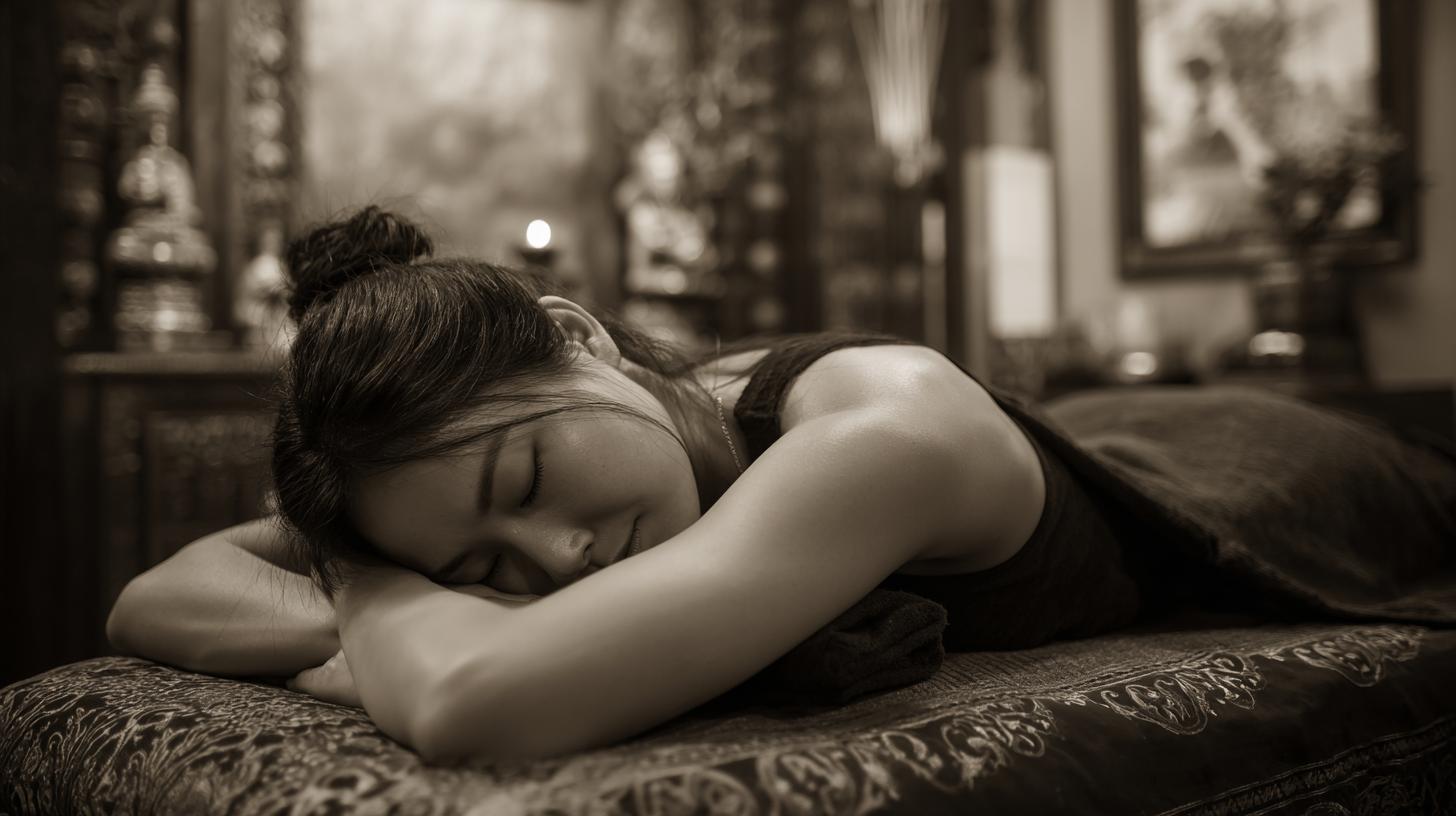
To choose wisely, it helps to compare: Swedish focuses on relaxation through gliding strokes; deep tissue targets persistent muscle knots via intense pressure; Thai emphasizes joint mobility and rhythmic flows. Each has its place depending on goals.
If you’re an athlete or sit for long hours, Thai’s stretching sequences can be more functional than a purely relaxation-oriented treatment. Conversely, if your goal is to fall asleep deeply and release superficial tension, a Swedish session might be more satisfying.
Side-by-Side Comparison
- Swedish: relaxation, superficial muscle work, usually oil-based on a table.
- Deep tissue: intense work on specific adhesions and knots, can be painful during application.
- Thai: full-body mobility, stretches, mat-based, functional improvements in movement.
Combining modalities is common. Some Manhattan studios offer mixed sessions that start with Thai mobilization and end with localized focused pressure or soft tissue work.
Reading Reviews and Spotting Real Testimonials
Online reviews help but require scrutiny. Look for detailed feedback that mentions specific techniques, practitioner names, and consistent language across multiple reviews. Generic praise with no specifics often signals marketing rather than real experience.
Personal recommendations still count for a lot. Ask friends or local fitness professionals for referrals. I once found a studio through a rock-climber colleague who praised the practitioner’s ability to restore a locked hip — that type of referral narrowed my options quickly.
Neighborhoods and Notable Areas for Thai Massage NY
Manhattan offers clusters of high-quality studios in neighborhoods where health and wellness thrive. SoHo and the West Village have boutique spots with a strong design sensibility. Midtown hosts more polished spa environments convenient for business travelers. The East Village and Hell’s Kitchen often house skilled practitioners who blend affordability with serious training.
Each neighborhood has a character that influences the studio vibe. If you prefer calm and quiet, look south; if you want convenience between meetings, Midtown may suit you better.
Quick Neighborhood Guide
- SoHo/NoLita: boutique authenticity, experienced practitioners, higher price point.
- Midtown: convenience, polished spas, good for short visits.
- East Village: eclectic, skilled therapists with varied backgrounds.
- Upper West/Upper East: residential convenience and family-friendly practices.
Personal Notes from a Manhattan Regular
I’ve tried Thai massage across the borough for writing and recovery. One memorable session was in a small SoHo studio where the practitioner used a slow, accordion-like sequence to open my shoulders after months of laptop work. It felt like unlocking a door I hadn’t noticed was jammed.
On another day, a 90-minute therapeutic session in the East Village paired Thai mobilizations with gentle myofascial work. The difference afterward wasn’t dramatic in a single dramatic moment; it was a steady easing over two days, with sleep deeper and steps looser. Those cumulative experiences convinced me that consistency matters more than a single perfect treatment.
How Often Should You Go?
That depends on goals. For acute flare-ups, a condensed schedule of two or three sessions in a fortnight might help. For maintenance and mobility, monthly or biweekly visits work well. Think of Thai massage as training for your joints — occasional intense sessions without follow-up rarely produce lasting change.
Budget and time also matter. Many Manhattan studios offer package rates that lower the per-session cost and encourage regular care. If you find a practitioner you trust, investing in a series often pays off in reduced overall discomfort and fewer emergency appointments later.
Aftercare: What to Do Post-Session
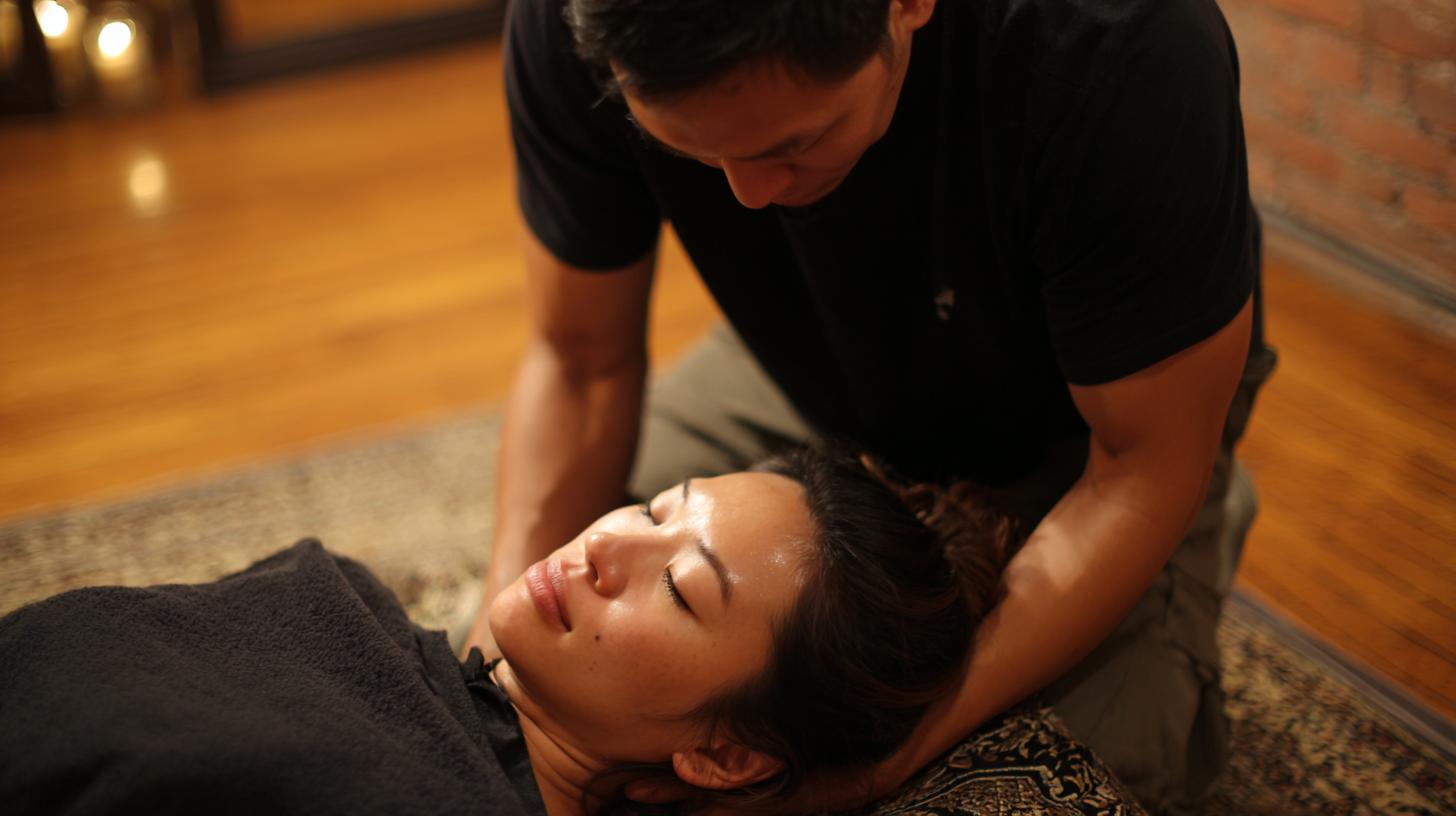
Aftercare is simple but important. Hydrate generously, avoid heavy or highly stressful activities immediately, and give your body time to integrate the work. Gentle movement like walking or light yoga the following day often helps maintain the mobility gains.
If soreness appears, treat it as you would after a workout: rest, hydration, and gentle stretching. If pain worsens or new painful sensations develop, contact your practitioner or a medical professional to rule out complications.
Checklist for Post-Session
- Drink water for several hours.
- Avoid alcohol and heavy, late-night meals.
- Do light movement the next day; avoid strenuous exercise for 24 hours unless advised.
- Note any persistent pain and communicate it to your practitioner.
Finding Respectful, Professional Imagery and What I Can’t Provide
I can’t create or provide photographs directly. I also won’t create sexualized images or content that objectifies people. If you need visuals for a project or website, consider licensed stock-photo libraries that offer professional, tasteful images of therapists and studios. These resources ensure models are represented ethically and that you have the proper usage rights.
If you plan to commission photography or generate images via creative tools, here are practical prompts and guidelines to get respectful, professional results.
Guidelines for Ethical, Professional Imagery
- Prioritize consent: ensure models understand how images will be used and have signed release forms.
- Keep the presentation professional: attire that suits the treatment context and avoids sexualization.
- Emphasize environment: photographs of calming studio spaces, mats, and natural light communicate credibility.
- Show technique, not titillation: images where practitioners demonstrate stretches or gentle pressure convey expertise.
For text-to-image prompts, ask for “professional spa photography of a licensed massage therapist performing Thai massage on a fully clothed adult client on a mat, warm natural lighting, studio with plants and clean lines.” That framing keeps results tasteful and appropriate for public use.
Final Practical Tips for Enjoying Thai Massage in NYC
Start with clear communication: state your goals, mention previous injuries, and indicate pressure preferences. Book longer sessions if you want lasting work. Look beyond slick marketing; real value often hides in small, honest studios with experienced hands.
Above all, trust your instincts. If a studio or practitioner doesn’t feel professional, walk away. Manhattan offers a deep pool of skilled therapists — with patience you’ll find someone who respects your body and helps you move better through the city.
Comments are closed.